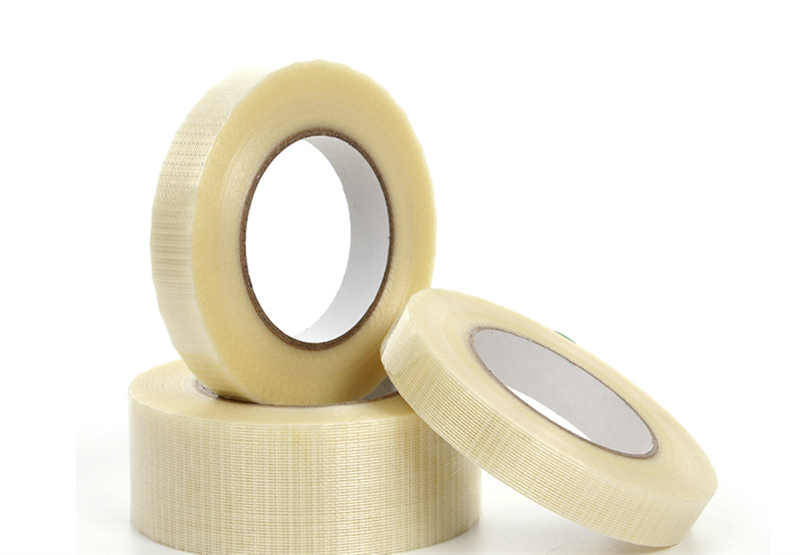

According to statistics from the China Adhesives and Adhesive Tapes Industry Association, my country's tape sales have maintained a growth trend. In 2021, tape sales were about 52 billion yuan, a year-on-year increase of 3.8%. It is expected that sales will reach 62.7 billion yuan in 2025. At present, China is the world's largest tape producer, and the scale of the industry is still expanding. Tapes have a broad application field and a bright future market prospect. Tapes are conventional consumer products with a huge downstream application market and are widely used in civil, industrial and medical fields. In the civil market, tapes are mainly used for household daily use and architectural decoration. my country's huge population base provides a broad market space for tapes.
Industrial tape is a general term for tapes used in various industrial occasions. It is mainly used to fix and protect various products, as well as to provide protection for the production process. Industrial tapes are widely used in China in many fields such as industry, transportation, electronic communications, security, commerce, medical care, personal care, electronics, electrical, construction, culture, education and consumption. Common industrial tapes include cloth-based tape, OPP tape, kraft paper tape, masking tape, PVC tape, PE foam tape, fiber tape, etc.
Fiberglass tape is made of high-strength fiberglass yarn or cloth as a reinforced backing material composite polyester film, coated with a strong adhesive hot-melt pressure-sensitive adhesive. The strength of fiberglass tape is much higher than that of ordinary tape, and the viscosity has also been greatly enhanced. The wear resistance and moisture resistance are also extremely outstanding. Therefore, fiber tape can not only be used to seal and pack common cartons, but also for heavy packaging, bundling, and even steel plate fixing, as well as fixing the movable parts of home appliances (such as refrigerator trays, drawers, etc.).

Currently, there are two types of tapes commonly used in the market: single-sided tape and double-sided tape. Single-sided tape is generally used for packaging and sealing, while double-sided tape is mainly used for pasting various materials. In addition, according to specific application scenarios, fiber tape manufacturers will choose materials and adhesives with different viscosity and peel strength to meet customers' various strength and viscosity requirements.
1. Sealing and packaging: widely used in packaging of cartons, furniture, electrical appliances and small loads. It is recommended to use single-sided fiber tape, which has stripes or grids. You can choose according to actual needs. If it is marble, heavy furniture, etc., you can use high-strength single-sided fiber tape;
2. Heavy object bundling: single-sided fiber tape can also be used for bundling heavy objects such as wood, steel, ships, machinery, etc. As for whether to choose stripes or grid tape, it is best to let the manufacturer recommend it according to specific needs.
Common household appliance fixing tapes include fiber tape and MOPP tape. Fiber tape is used in the household appliance industry as a non-residue glass fiber tape. The product has the characteristics of neat appearance, strong adhesion, no residual glue, high strength, and no deformation during shearing. It has been widely used in the fixation of components during the production and transportation of electrical appliances.
MOPP tape is made by coating a specially configured high-performance pressure-sensitive synthetic rubber adhesive on MOPP film and then coating it through process treatment. Among them, the non-residue tape series has a blue or white appearance and has the characteristics of easy tearing, no residual glue, and excellent temperature resistance. It is now also widely used in packaging, positioning, fixing and surface protection in household appliances (such as refrigerators, air conditioners, washing machines, microwave ovens, etc.), office automation furniture and other industries to avoid shaking and collision of objects during transportation, causing damage to objects, and leaving no residual glue or oil print marks after removal.